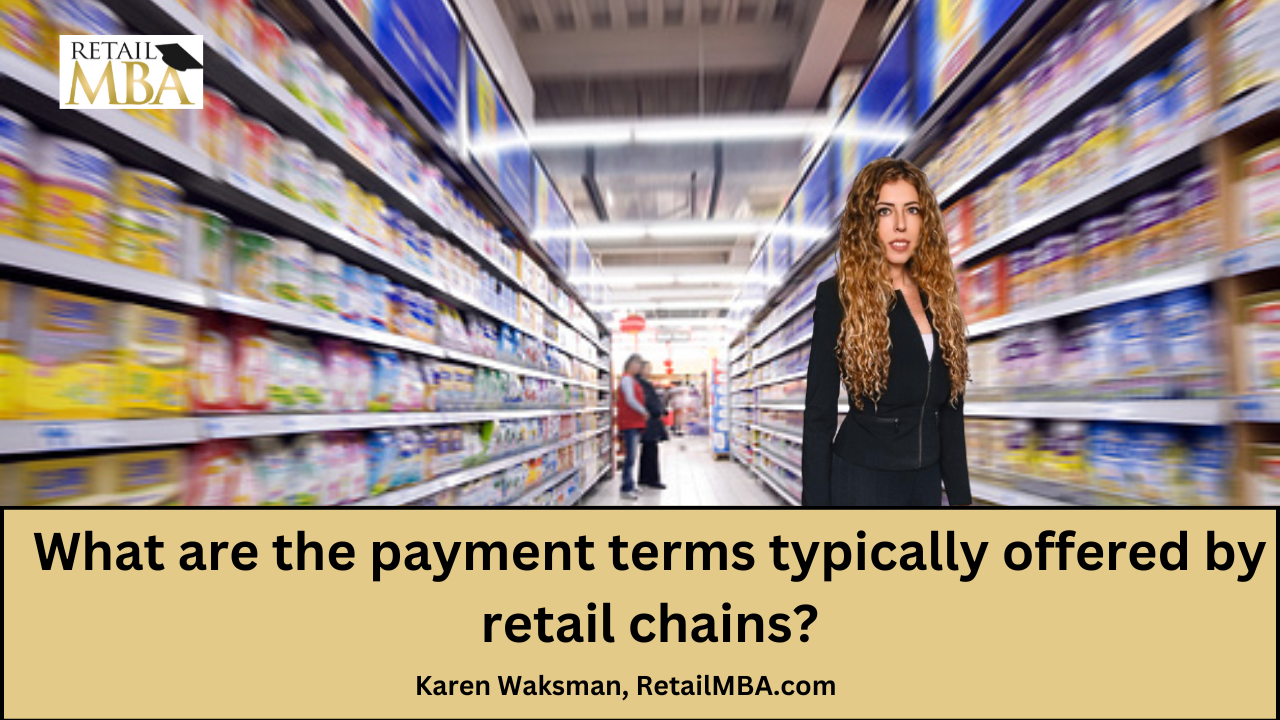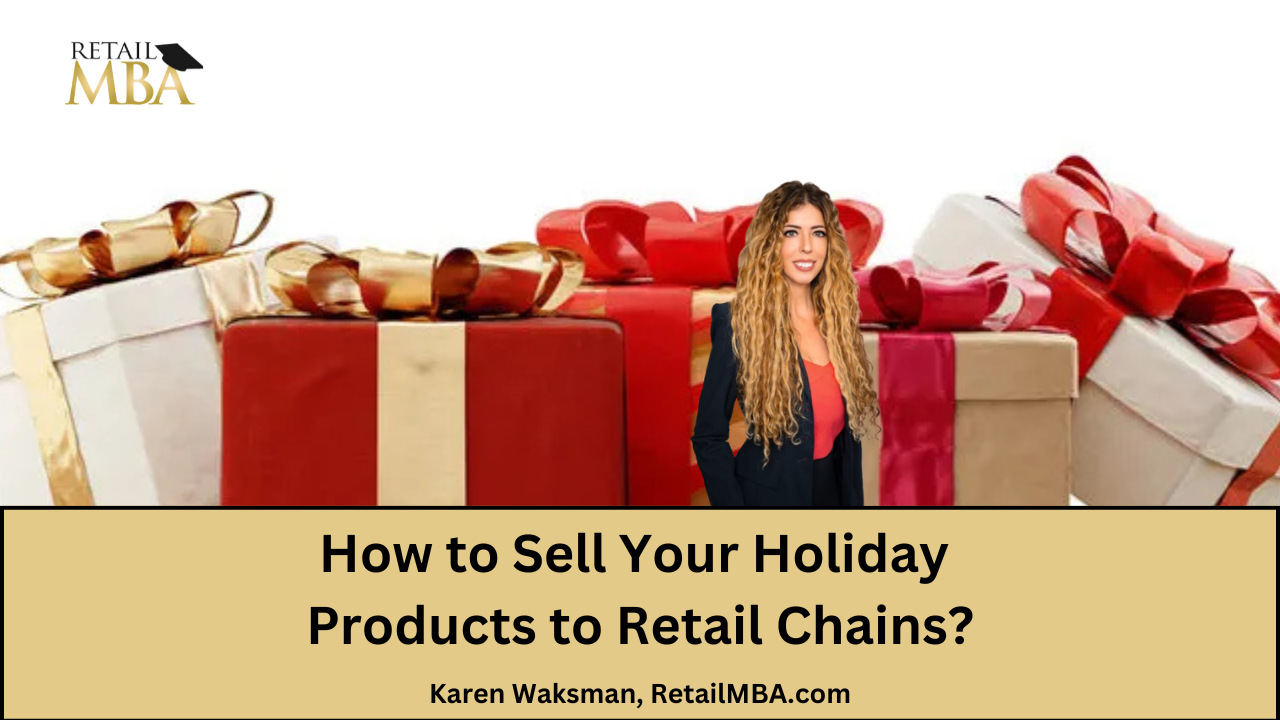Wholesale and Retail
The Differences Between Wholesale and Retail
Wholesale and retail are two key aspects of business that bring with them unique advantages.
Wholesale businesses purchase goods in bulk at discounted rates from manufacturers or distributors and then resell them to retailers for profit, while retail businesses sell directly to end consumers.
Selecting an optimal business model depends on a range of considerations. Here are a few factors you need to keep in mind:
Buying in Bulk
Consumers looking for ways to cut costs may find buying in bulk an effective strategy. You can purchase large quantities at a reduced cost per unit, which can make great financial sense when it comes to household goods, toiletries and food items. Furthermore, buying in bulk saves both gas and time by eliminating multiple store trips – however before doing so it is essential to assess your lifestyle; for example if you live in a small apartment with limited storage space storing bulk purchases effectively may not be possible while certain products such as paper goods and shelf-stable foods should also be purchased individually.
Bulk ordering supplies can help businesses save money while keeping inventory levels at optimal levels – guaranteeing customers always have what they need! Wholesalers frequently offer discounts for larger orders, helping you significantly cut costs. Plus, buying in bulk ensures customers always have what they need when they come calling!
Wholesale buyers typically get better prices on products such as electronics, apparel, shoes and home decor items when purchasing wholesale quantities. Wholesale buyers can typically locate the most competitive deals by searching online or through trade publications; fashion and apparel businesses may benefit from subscribing to California Apparel News or Home Accents Today to stay abreast of the latest trends and offerings.
Businesses of all kinds can take advantage of purchasing in bulk to save money and increase profits. Wholesalers provide large quantities of product at a reduced cost, which is why retailers opt for them over other suppliers. Furthermore, wholesalers may even provide discounted shipping rates which further saves them money over time.
Purchases made in bulk can be beneficial to both consumers and businesses alike, provided you don’t overdo it. No one needs so much stuff they require self-storage! Instead, find quality products you know will meet your needs at reasonable prices and invest accordingly.
Selling Individually
Wholesale is an effective strategy for businesses looking to market their products to other businesses, either directly or through third-party retailers. Wholesalers usually offer lower prices due to buying in bulk. Furthermore, they may offer additional services such as customization or packaging – an asset for small businesses struggling to manage inventory risk.
Wholesalers operate as B2B businesses, which means they sell to other businesses rather than consumers directly. Wholesalers may act as manufacturers, distributors, or importers and can sell wholesale products across a range of industries such as clothing, electronics, food, and pharmaceuticals. To qualify as wholesalers they must meet certain criteria such as having a valid tax ID number as well as proof of business ownership; additionally they must maintain minimum order quantities to qualify.
Wholesalers offer more than goods to retailers; they can also help them improve their marketing and advertising efforts by creating unique product packaging to increase brand recognition, providing training courses to help maximize profits, offering discounts or incentives to large buyers and more.
Selecting either wholesale or retail can depend on your business goals and needs. If you want more control of the sales process, retail may be optimal; but wholesale may provide better cost efficiency and reach larger audiences.
No matter which business model you opt for, it is crucial that you build strong relationships with your customers in order to foster trust and increase repeat business. Furthermore, diversify your client base so you have an ongoing stream of revenue even if one client cannot pay its invoices on time. Furthermore, having reliable suppliers is crucial as this prevents having too much inventory that may cause cash-flow issues in your organization.
Profit Margin
Profit margin is the percentage of net sales that is realized as profit. This metric provides businesses with an indicator of overall financial health and can identify potential issues; for instance, low profit margin may suggest ineffective expense management or spending more revenue than it brings in; to improve it further it would be prudent to restrict expenses while increasing sales as this will boost profit margins significantly.
Profit margin is of great significance in both wholesale and retail environments, so both parties need to ensure they’re pricing products accurately so as to meet their desired profit margins; while retailers should monitor prices closely in order to make sure they’re not being overcharged.
Streamlining processes is one way a wholesaler can increase its profit margins. This may involve reviewing their entire supply chain to eliminate unnecessary costs such as distributor fees or shipping services, thus decreasing costs while increasing profits.
An additional way to increase profit margin is investing in new products or services that can generate greater revenues. While this can be challenging, as new offerings may not enjoy as high of demand as existing offerings do, so it is vital that market demand be thoroughly tested prior to investing heavily in large quantities of a particular new product.
Retailers must consider wholesale profit margins they are willing to accept from wholesalers when setting pricing for their stores, in addition to overhead costs like insurance, shipping, licensing fees and market trends that might influence demand for particular products.
When setting wholesale prices, it is helpful to start by calculating the cost of goods sold. This includes raw materials, labor costs and any other associated with manufacturing the product. As a rule of thumb, double the cost of goods sold as this will guarantee at least 50% profit margin and serve as a starting point for your wholesale pricing strategy that can then be modified according to requirements from specific markets.
Location
Locating your retail and wholesale business is a key decision that has an effect on profitability. Ideally, choose an area where customers and shoppers frequently visit your shop – this will increase sales and boost profitability, attract more clients, build brand recognition, as well as offer convenient services. Furthermore, businesses dealing with food should locate close to large grocery stores or warehouses to minimize transportation costs and storage fees.
Wholesale business models are ideal for entrepreneurs who enjoy planning and logistics. Wholesalers establish close relationships with client companies before selling bulk quantities of their products to them for maximum profit margin. Discounts offered on larger orders also attract new customers while simultaneously increasing revenue.
However, if you prefer an active approach to business management, retail may be the right fit for you. Retail requires close customer service and inventory oversight – two areas in which this model excels. Running a retail operation may prove challenging but rewarding with proper planning.
Retail business models are ideal for businesses that can handle high volumes of customer traffic, such as convenience and department stores. Furthermore, a point-of-sale (POS) system should be put into place so retailers can track customer purchases and payments more effectively.
Retail businesses need to establish websites or social media accounts to advertise their products and services, as well as to market themselves effectively – something which requires significant marketing costs. Furthermore, retail businesses should focus on attracting the ideal customers with promotions or sales incentives to draw people in store.
Step-by-step training on how to sell to retail chains!
We explain exactly how to do that and how to get started today. I’ve taught over 100,000 of companies over the years across the globe on how to get your products to the stores. And so we’re here to support you. Or please subscribe to our Youtube channel and or be on the lookout for additional training that we create.
We are here to expedite the process of generating revenue with your physical products and that’s what we’re all about. Take a look at our advanced training, live events, certification programs and so much more.
In this training, I will discuss some of the things to think about when approaching a retailer to sell your products and become a vendor. Hope it helps! 🙂
Karen Waksman,
Retail MBA
Questions? Contact Us!
1-855-Retail-2 (Call or Text)
Email: info@retailmba.com
Retail MBA provides a step-by-step formula on How to Sell to Major Retailers, Online Retailers, Smaller Retailers, Catalogs and More. No Experience Required! These solutions continue to convert for clients year-over-year! These are Time-Tested and Proven Strategies that we utilize ourselves when going after stores! Everything we teach, we test. Want access to these formulas? ANY one of our programs and coaching systems gives you access to them now. With that said…
Here are 5 Easy Ways to Work with Us:
1) Free Training – If You Would Like to Join Our Next FREE Webinar Training Called “Retail Chain Store Secrets – How to Sell to Major Retail Chains. No Experience Required” Then Sign Up NOW To Learn All About Selling into Retail Chains By Clicking Here!
2) Retail MBA Year Long Coaching and Training System – Our Year Long Coaching and Training System with Karen Waksman is POWERFUL! This is our most popular training and coaching system! We walk you through how to approach, pitch and sell to retail chains and we coach you along the way! Join us by Clicking Here!
3) Masterclass Intensives – Want to Join our Next 4 Week Elite Retail MBA Masterclass Intensive? These Intensives Are EPIC for people who Love Fast Paced Learning – Homework, Retail Coaching, Developing Your Strategy, Buyers Contacts and More! These Events Are Held Every Quarter. Join us by Clicking Here!
4) Done-for-You Program – If You Want Karen Waksman and Her Team to Reach Out to Your Top Dream Retail Chains On Your Behalf – And You Have a Retail-Ready Product, Check Out our Epic Done-For-You Service by Clicking Here!
5) In Person Events – If You Want to Learn LIVE and Meet Karen Waksman in Person at Our Next “America’s Next Retail Product: LIVE Event with Other Like-Minded Individuals in Beautiful San Diego, CA! We Would LOVE to Have You Join Us by Clicking Here!

Check Out Our Additional Blog Posts Here:
Retail Terms
Retail Terms – What are the payment terms typically offered by retail chains? Click Here to Learn More!
Retail Vendor
Retail Vendor – What are the common mistakes to avoid when selling to retail chains? Click Here to Learn More!
How to Sell Your Holiday Products to Retail Chains
New Training on How to Sell Your Holiday Products to Retail Chains
Ulta Beauty Vendor
Ulta Beauty Vendor – How to Sell to Ulta Beauty Stores. Click Here to Learn More!
Retail Strategy
Retail Strategy – How do I handle negotiations with retail chains? Click Here to Learn More!







